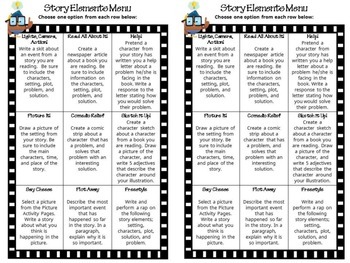
Turns out, in some cases, the way the questions were being asked was the reason why people preferred one choice over the other. Similarly with Austria and Germany with around 99.98% Austrians in favour of organ donations but only a mere 12% of the Germans. It was interesting to see how seemingly similar people from different countries for ex Denmark and Sweden(both Scandinavian countries) had such contrasting views on organ donations with only 4% of the Danes wanting to donate their organs after death as opposed to 86% of the swedes. My favourite chapter would be one on organ donations. Whether you're helping students choose the right school, deciding how to invest for your retirement, or encouraging people to donate their organs, this book will help you and others around you make better choices.Įvery point is made with tremendous attention to detail and real life stories to go with it. Whether you're helping students choose the right school, helping patients pick the best health insurance plan, or deciding how to invest for your own retirement, this book provides the tools you need to guide anyone to the decision that's right for them. We are all choice architects, for ourselves and for others. He draws on his original studies and extensive work in business and public policy and synthesizes the latest research in the field to reveal how the structure of choices affects outcomes. Johnson is the lead researcher behind some of the most well-known and cited research on decision-making. These levers are unappreciated and we're often unaware of just how much they influence our reasoning every day.Įric J. The designers of decisions need to consider all the elements involved in presenting a choice: how many options to offer, how to present those options, how to account for our natural cognitive shortcuts, and much more.

Going well beyond the familiar concepts of nudges and defaults, The Elements of Choice offers a comprehensive, systematic guide to creating effective choice architectures, the environments in which we make decisions.

How do we overcome the common faults in our decision-making and enable better choices in any situation? The answer lies in more conscious and intentional decision design.


We're influenced by subtle aspects of the way the choice is presented that often make the difference between a good decision and a bad one. A leader in decision-making research reveals how choices are designed-and why it's so important to understand their inner workingsĮvery time we make a choice, our minds go through an elaborate process most of us never even notice.


 0 kommentar(er)
0 kommentar(er)
